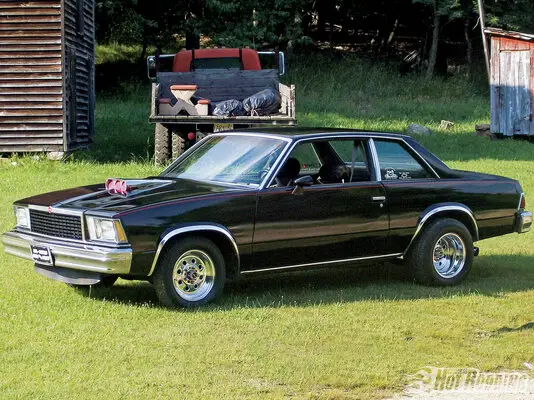I have a chevy 350 .030 over with a basically stock bottom end. Flat top pistons with valve reliefs. Got a descent deal on a port matched set of L-98 alum heads and a Vic Jr. intake. I decided to use a bigger cam than I first planned on useing because of the 58cc combustion chambers on the 113 heads. Cam is an isky 284* cam .510 lift 106lsa. All has been well, I expected to possibly have deonation problems but none so far.
Question is what compression do you think I wound up with? And I have been planning trying a head change in the near future and was a little worried what kind of compression change I might get with 62cc or 64cc aftermarket heads? If AFR had a set of 58cc 180cc intake runners I'd get 'em tomorrow-since I know for sure how my motor feels with what I have now.
Any suggestions??!!!!!what head gasket would get me where I would have a strong compression ratio?
Question is what compression do you think I wound up with? And I have been planning trying a head change in the near future and was a little worried what kind of compression change I might get with 62cc or 64cc aftermarket heads? If AFR had a set of 58cc 180cc intake runners I'd get 'em tomorrow-since I know for sure how my motor feels with what I have now.
Any suggestions??!!!!!what head gasket would get me where I would have a strong compression ratio?


